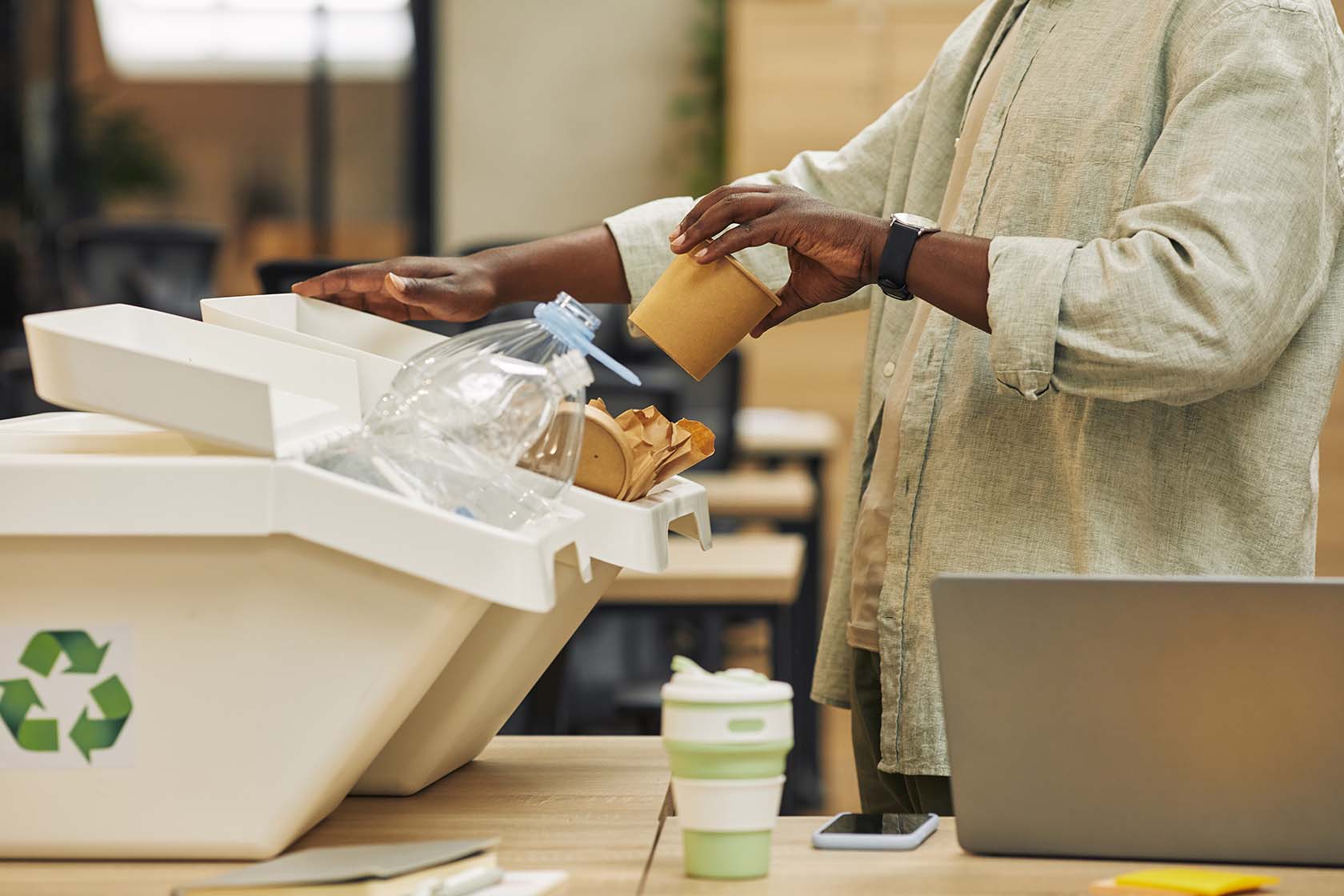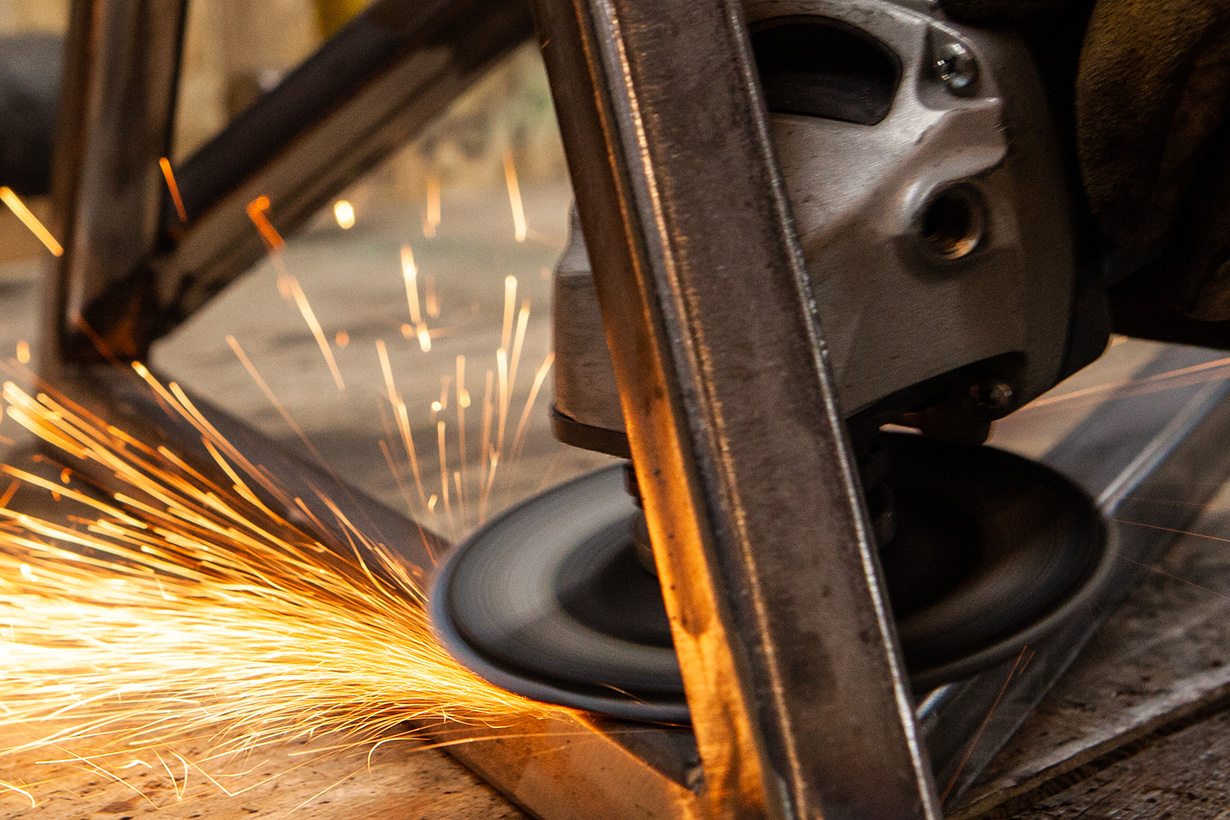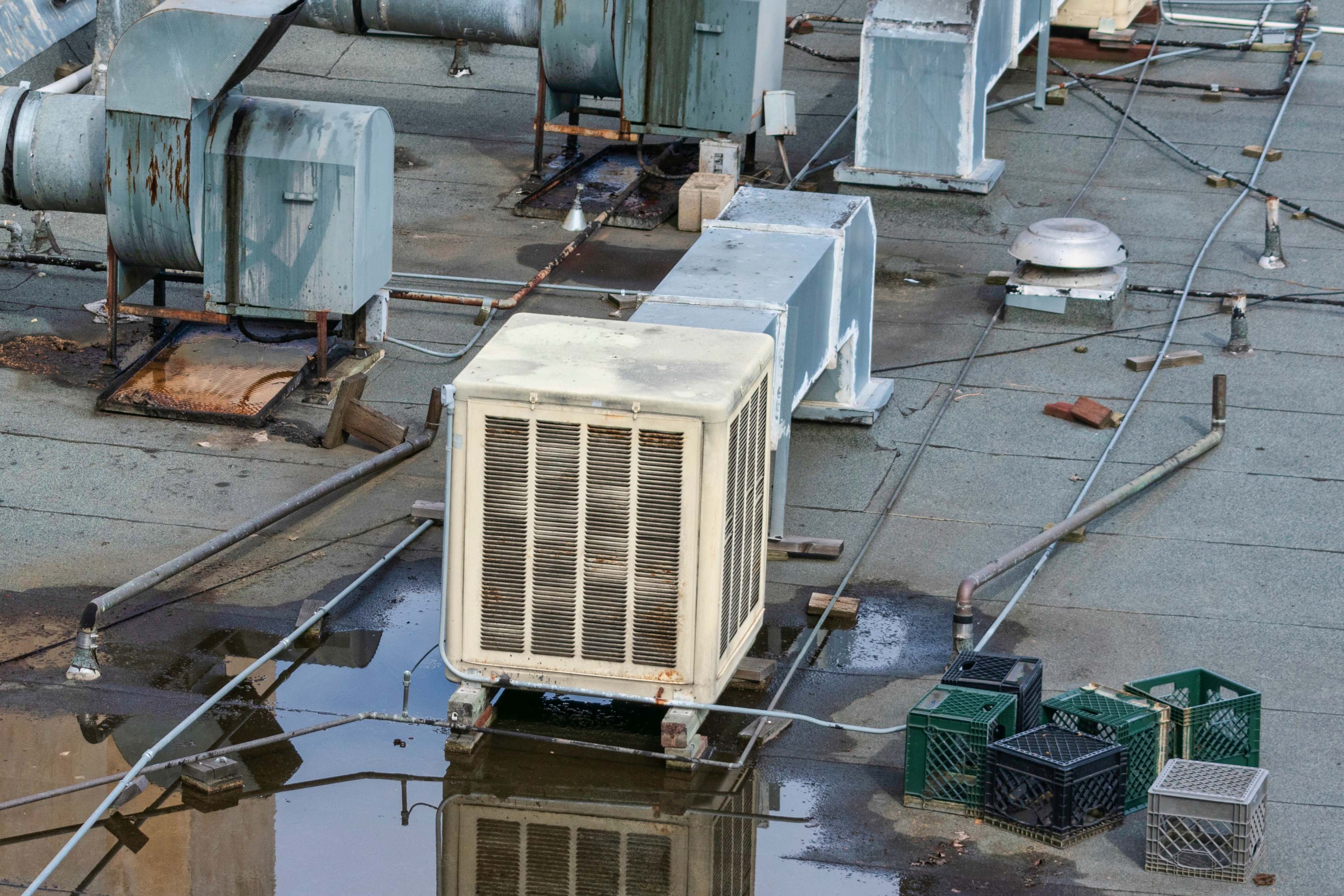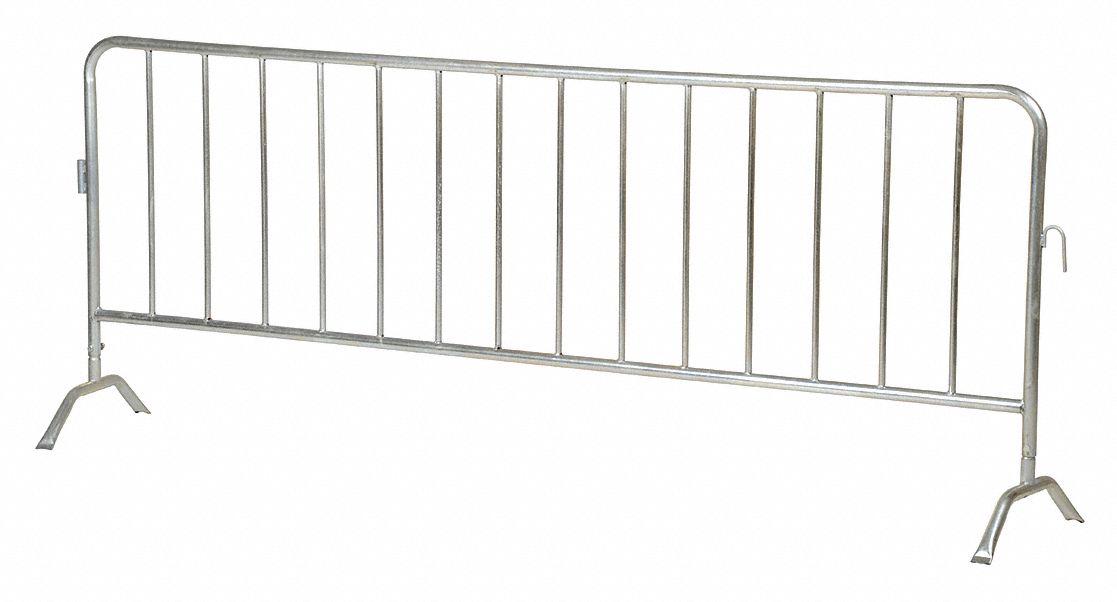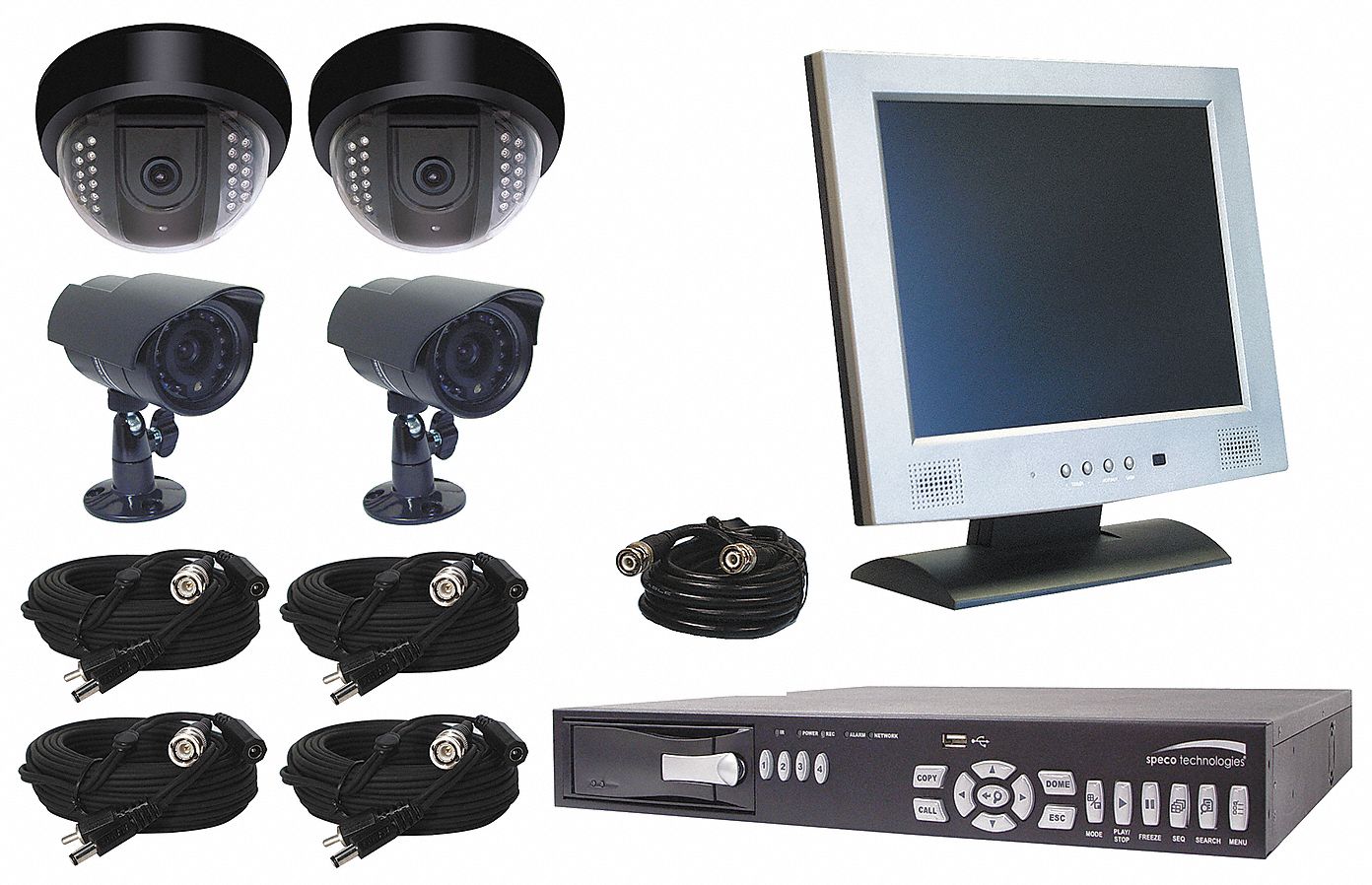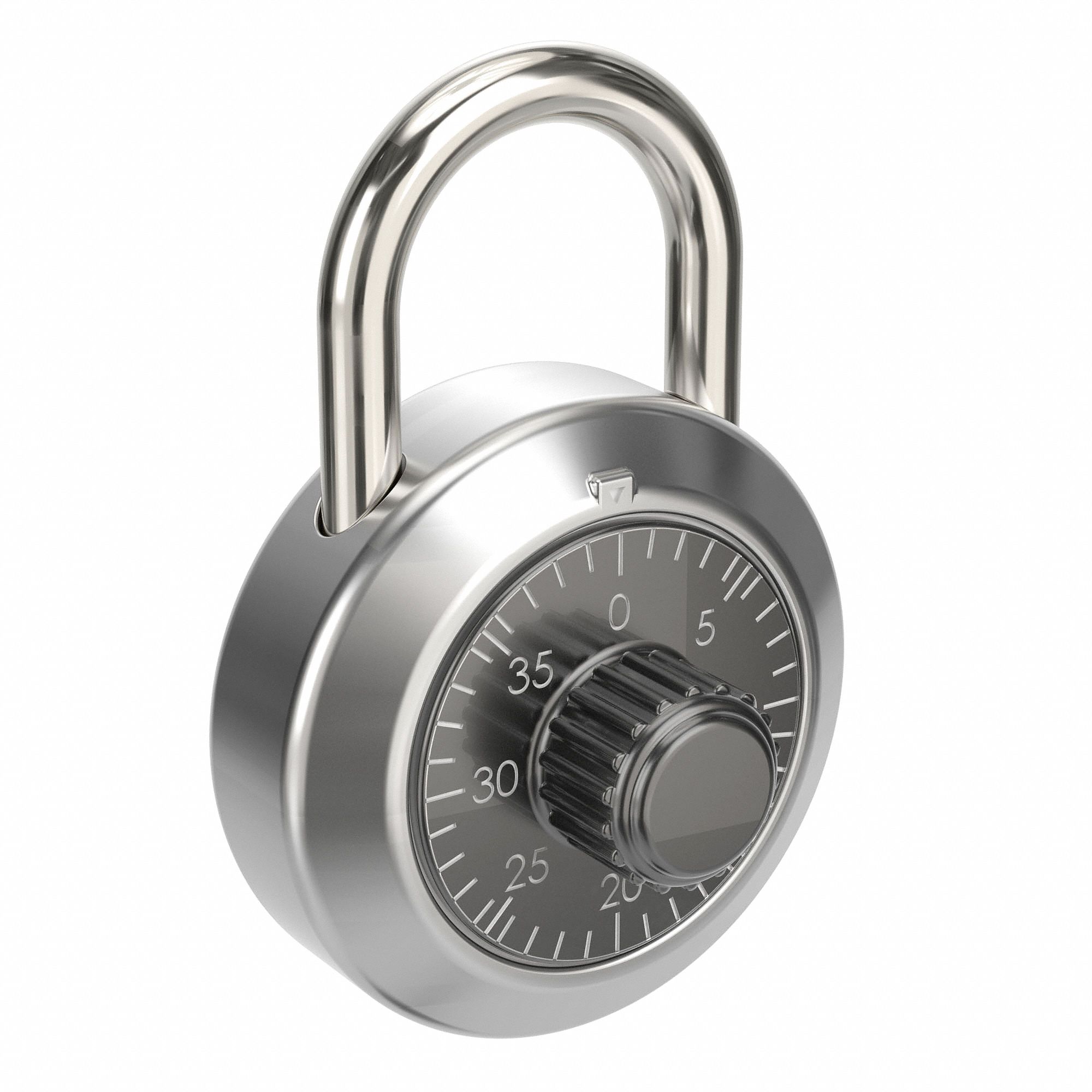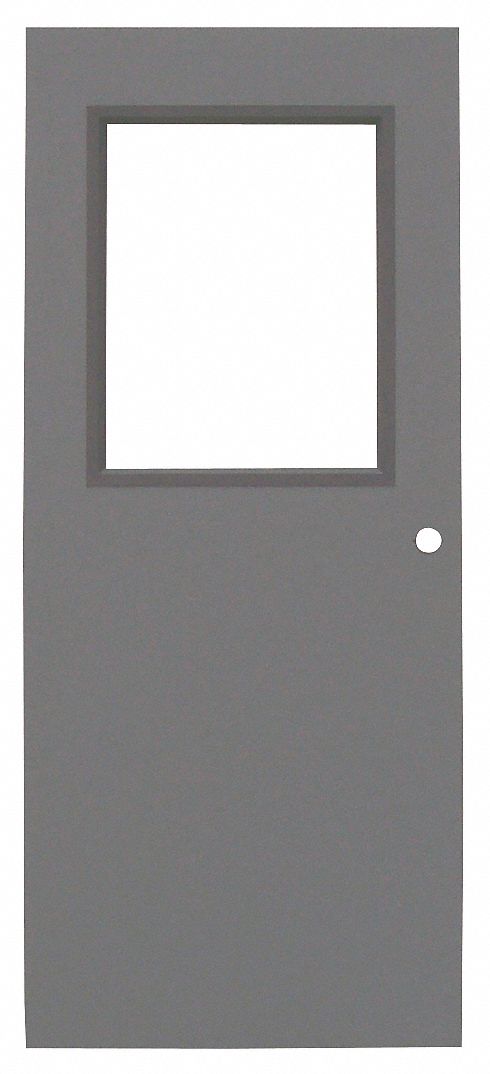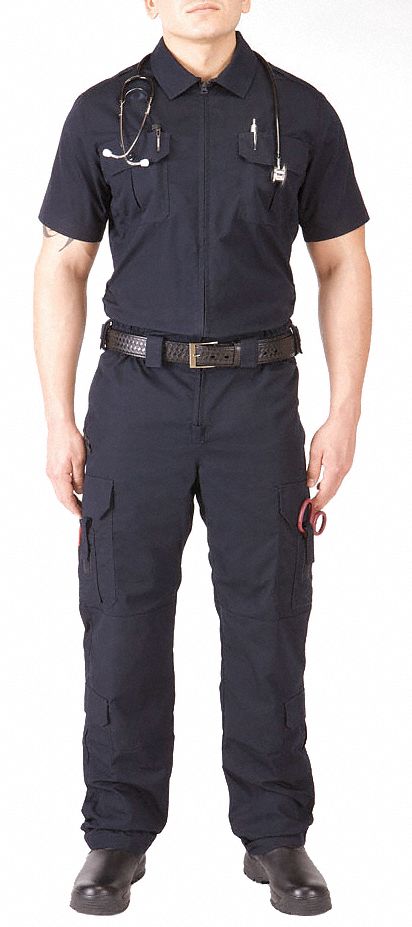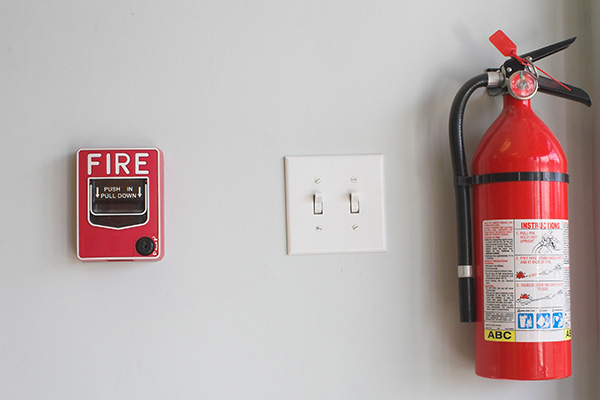

How to Select Portable Fire Extinguishers
By Grainger Editorial Staff 2/12/23


Portable fire extinguishers can help prevent small fires from becoming major, damaging incidents in your facility. They empower employees to help protect themselves, colleagues, customers and property when they have the correct fire extinguishers and are properly trained in their use.
But how do you select the right fire extinguisher or extinguishers for your warehouse, kitchen or manufacturing facility? And how many will you need? There are standards and regulations that create a framework, but other considerations will be dictated by your specific situation.
The National Fire Protection Association (NFPA) provides extensive guidance on selection and use of portable fire extinguishers in the standard known as NFPA 10. The organization recommends selecting fire extinguishers for your facility on these five primary characteristics:
- Type of likely fire
- Size of likely fire
- Hazards in the area
- Energized electrical equipment in the area
- Ambient temperature
Most extinguishers have chemical agents, though some still store water. You will find some with monoammonium phosphate, others with sodium chloride, others with sodium bicarbonate and even more varieties.
Rather than understanding all the differences among the various chemicals, however, it may be helpful to focus first on the class and the UL rating to understand which extinguisher is best suited to fires most likely to happen in your workplace.
What are the five classes of fire extinguishers?
Fire extinguishers are placed in five classes, based on the type of fire they are approved to fight:
- Class A: Ordinary combustible materials like wood or paper
- Class B: Fires in flammable and combustible liquids, and flammable gases.
- Class C: Energized electrical equipment
- Class D: Combustible metals, such as magnesium and titanium
- Class K: In cooking appliances with combustible cooking media, such as oils and fats
Many models can address more than one class, but extinguishers should only be used on the class of fire for which they are rated. Each extinguisher will be clearly labeled with the letters of each class for which it is approved. Reference NFPA 10 for more detailed direction on specific use cases, such as fires involving water-soluble liquids like alcohol or acetones.
What are the UL ratings for fire extinguishers?
UL ratings, meanwhile, are established by Underwriters Laboratories and provide an idea of the capacity of Class A and Class B extinguishers:
- Class A extinguishers receive UL ratings between 1 and 40. The number represents the amount of water that the chemical represents, if you multiply the number by 1.25. For example, an extinguisher rated 4A holds the chemical equivalent of 5 gallons of water (4 x 1.25).
- Class B extinguishers have UL ratings expressed as B:C with numbers between 10 to 320. These ratings represent the number of square feet of Class B types of fires that the extinguisher would put out. So, an extinguisher rated 1A:10B:C would hold the chemical equivalent of 1.25 gallons of water and be capable of putting out a Class B fire covering 10 square feet.
Class C, D and K extinguishers do not have numerical UL ratings.
Other considerations when selecting fire extinguishers for your facility are its weight and ease of use.
When it comes to weight, don’t be misled by the extinguisher’s capacity. While it is expressed in pounds, this is the amount of firefighting agent it holds and not the weight of the extinguisher. For example, one 10-lb. extinguisher weighs almost 17 lbs. and those with 30-lb. capacity can weigh about 50 lbs. Keep this, and the people who may be handling the extinguishers, in mind when making a choice.
Extinguishers can also be wall-mounted or a wheeled cart. Not surprisingly, perhaps, wheeled fire extinguishers are typically those with capacities of 50 lbs. or more, meaning they could weigh 100 lbs. or more. Wall-mounted fire extinguishers will come with a bracket.
How many fire extinguishers will I need?
OSHA general requirements do not state directly how many fire extinguishers a facility should have, but they are very clear about the “travel distance” for employees to get to an extinguisher. Standard 1910.157(d) lays these out by class:
- Class A: 75 feet or less
- Class B: 50 feet or less
- Class C: These should be distributed “on the basis of the appropriate pattern for the existing Class A or Class B hazards.”
- Class D: 75 feet or less
OSHA does not have these requirements for Class K fire extinguishers, but NFPA 10 standards call for a travel distance of no more than 30 feet to reach one.
Knowing the size of your facility and where employees work will help you determine how many fire extinguishers you need, and where you will put them.
Frequently Asked Questions
Q: Can I inspect my own fire extinguisher?
A: No certification is required to inspect fire extinguishers. NFPA notes that any person should be able to do an inspection. However, inspections should be done monthly, and facilities should keep records of who inspected an extinguisher and when. Actual maintenance, however, should follow guidance in the product manual and be performed by a certified person.
Q: What are the different sizes of portable fire extinguishers?
A: Portable fire extinguishers have a wide range of sizes, but it depends in part on how you define size. If you are thinking of capacity, which is the amount of firefighting agent they can hold, extinguishers can be as small as 12 oz. or as large as 300 lbs. Their weight will range from just a few pounds to hundreds, and the biggest are in wheeled carts. The smallest wall-mounted extinguishers are about a foot high and weigh 2 or 3 lbs.; the largest ones will be a little more than 2 feet tall and weigh more than 40 lbs.
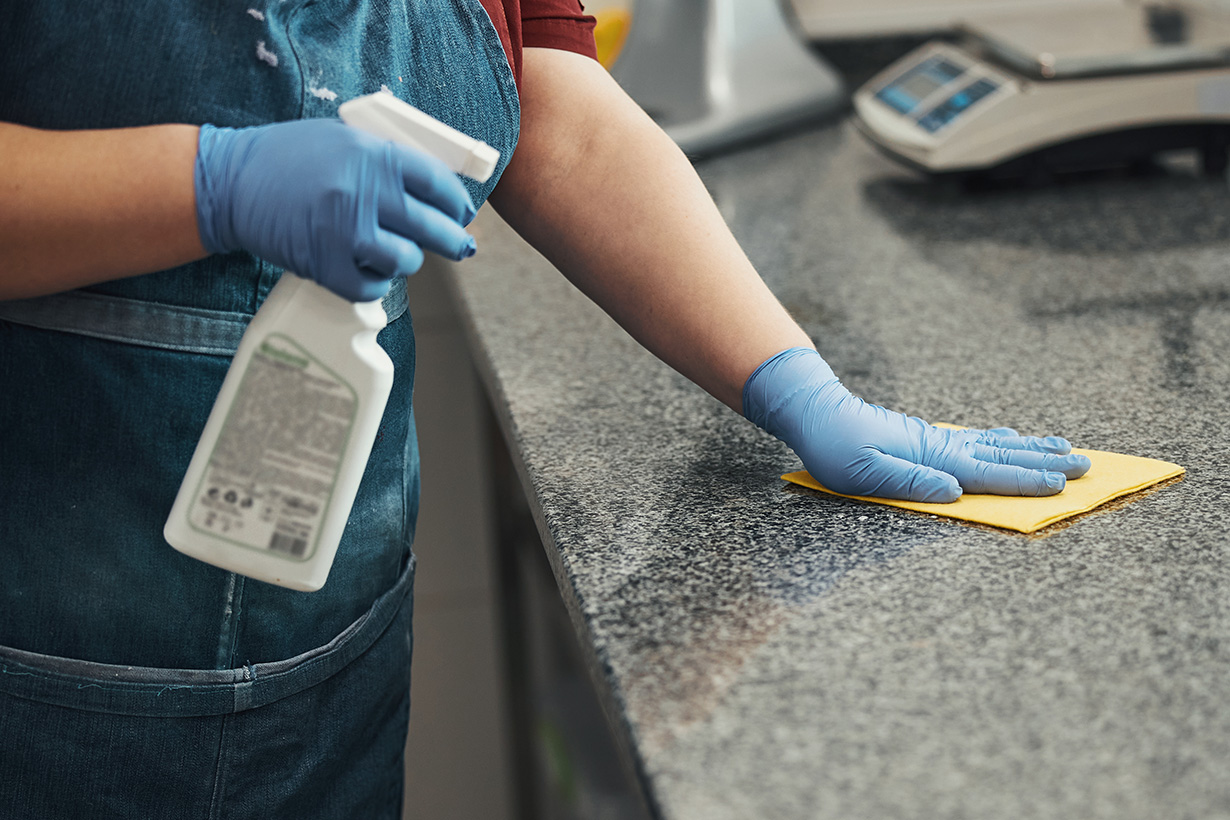
Sustainability
Understanding Nitrile and Biodegradability
Purchasing managers responsible for meeting their organization's sustainability goals should dig a little deeper when they come across product descriptions with environmental claims.
![]() Our Latest KnowHow
Our Latest KnowHow

Understanding Nitrile and Biodegradability
Purchasing managers responsible for meeting their organization's sustainability goals should dig a little deeper when they come across product descriptions with environmental claims.
The information contained in this article is intended for general information purposes only and is based on information available as of the initial date of publication. No representation is made that the information or references are complete or remain current. This article is not a substitute for review of current applicable government regulations, industry standards, or other standards specific to your business and/or activities and should not be construed as legal advice or opinion. Readers with specific questions should refer to the applicable standards or consult with an attorney.

